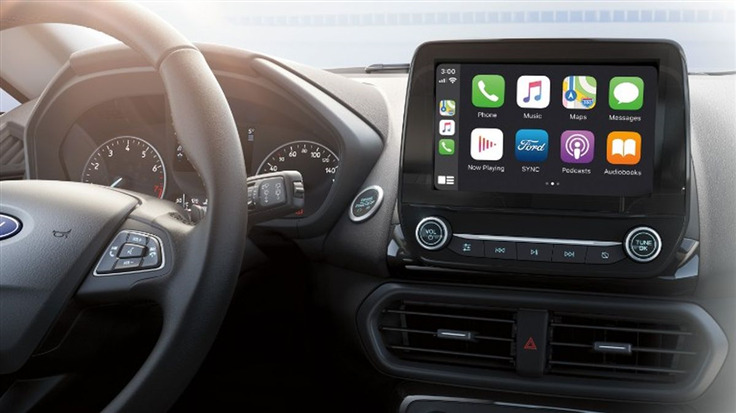Ford has released information about a buffer overflow vulnerability in its SYNC 3 infotainment system.
Ford learned from a supplier that a security researcher had discovered a vulnerability in the Wi-Fi software driver supplied for use in the SYNC 3 infotainment system available on some Ford and Lincoln vehicles. The company said it started an investigation and subsequently decided that the vulnerability does not affect vehicle driving safety.
Ford’s SYNC 3 system exists in Ford models from 2015 onward. Other than recent vehicles that have the newest version, most Ford vehicles have SYNC 3. If you have a Ford Owner account, you can go to the Vehicle Dashboard to see what version of SYNC your car has.
Lincoln drivers can check their version on the Lincoln Support site (you will need to enter your VIN number).
The SYNC 3 vulnerability is CVE-2023-29468: a vulnerability in the TI WiLink WL18xx MCP driver. An attacker within wireless range of a potentially vulnerable device can gain the ability to overwrite memory of the host processor executing the MCP driver. Exploiting this vulnerability involves a malicious actor crafting a specific frame to trigger a buffer overflow, potentially leading to remote code execution (RCE).
A buffer overflow is a type of software vulnerability that exists when an area of memory within a software application reaches its address boundary and writes into an adjacent memory region.
Ford’s assessment of the vulnerability is that it is highly unlikely to be exploited, since it requires a highly skilled attacker within close proximity of the target vehicle, and the vehicle need to have the engine running and WiFi support enabled. Ford said it isn’t aware of any instances of exploitation.
And even if an attacker were to gain RCE on the SYNC 3 system using this vulnerability, the potential damage would be limited, since the system is isolated from critical control functions like steering, throttling, and braking.
Ford says that if drivers are worried, they can disable the WiFi support in the SYNC 3 infotainment system in the Settings menu, which will stop an attacker from being able to exploit the vulnerability.
Ford is still working on a patch, which is expected in the coming weeks and will be presented including instructions how to manually install the patch using a USB flash drive.
We don’t just report on encryption—we offer you the option to use it.
Privacy risks should never spread beyond a headline. Keep your online privacy yours by using Malwarebytes Privacy VPN.










